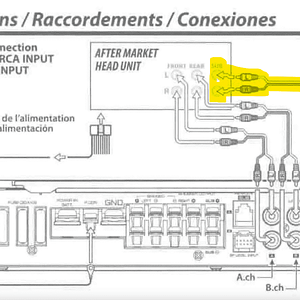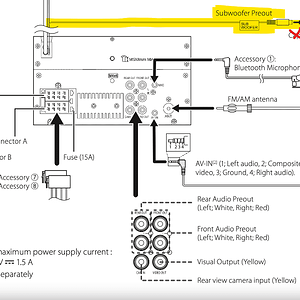cotjones 10+ year member
CarAudio.com Veteran
I remember back in the day on this forum the craze was to flame people who said bigger subs performed the lower frequencies better. But thinking about it now strictly from physics isn't this necessarily true?
Think about it.
lets say we want to assess the performance of a 10 inch vs 18 inch speaker at 30 and then 90 Hz.
If we want the 10" to produce 30Hz loudly the cone has to travel farther to produce the same amount of sound pressure than it would at 90 Hz.
The same can be said of the 18" speaker, except that it is more difficult to achieve higher cone oscillations with a more massive cone. This is just because the more massive the cone is, the more force it takes to move it and thus the more momentum the cone has at the bottom or top of a stroke to be arrested. True?
So this would mean that strictly speaking the larger the cone, the more suited it is to lower frequency (per same material of course.)
This of course doesn't mean 10's are incapable of playing lower frequencies. Just in general, if the building materials are the same, the larger the cone, the more suited to lower frequencies.
True?
Think about it.
lets say we want to assess the performance of a 10 inch vs 18 inch speaker at 30 and then 90 Hz.
If we want the 10" to produce 30Hz loudly the cone has to travel farther to produce the same amount of sound pressure than it would at 90 Hz.
The same can be said of the 18" speaker, except that it is more difficult to achieve higher cone oscillations with a more massive cone. This is just because the more massive the cone is, the more force it takes to move it and thus the more momentum the cone has at the bottom or top of a stroke to be arrested. True?
So this would mean that strictly speaking the larger the cone, the more suited it is to lower frequency (per same material of course.)
This of course doesn't mean 10's are incapable of playing lower frequencies. Just in general, if the building materials are the same, the larger the cone, the more suited to lower frequencies.
True?


